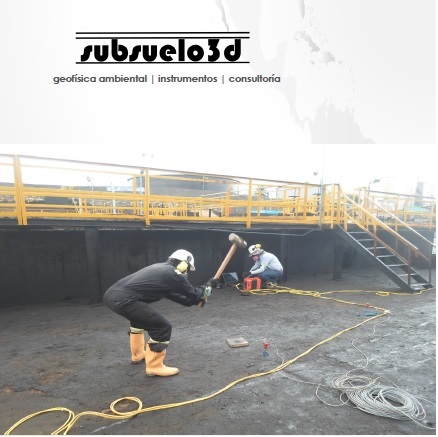Which geophysical method should I use?
Many times we are asked about the ideal geophysical method for a given problem. Fortunately, Environmental Geophysics in Colombia offers us a wide and diverse ‘arsenal’ of methods for almost any problem of interest. Better yet, new methods or at least better ways of executing traditional methods are developed and released every year. A good example of the latter is the arrival of drones, which allow the execution of traditional methods in a faster and more cost-effective way.
The ASTM D6429 standard entitled “Standard Guide for Selecting Surface Geophysical Methods” contains useful information that allows making a preliminary filter of the methods available in Environmental Geophysics in Colombia. We invite readers to study this standard, whose tables we modify below.
SP: Spontaneous Potential
MAG: Magnetic method
FEM: Electromagnetic method in the frequency domain
TEM: Electromagnetic method in time domain
VLF: Very Low Frequency Electromagnetic Method
A: Main method
B: Secondary or alternate method
In the case of structures associated with oil wells, Environmental Geophysics also allows us to visualize the fluids that may be escaping. The following table is an example of some technologies applicable to this particular problem.
The ideal solution will depend on several aspects, including not only the geological characteristics of the site but also its access limitations, budget, time, etc.
Environmental Geophysics Project executed at the refinery site by Subsuelo3D

